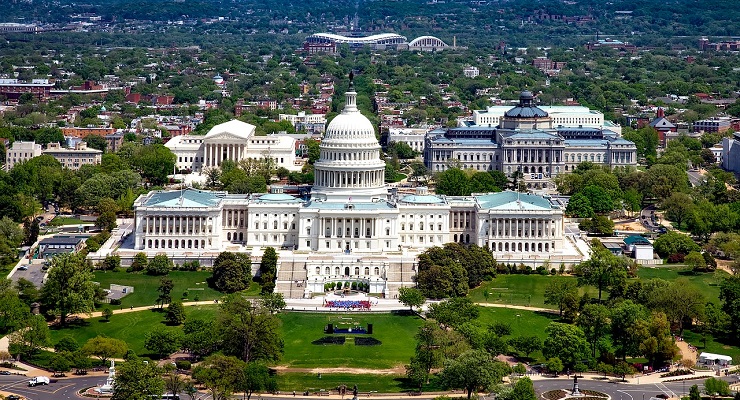
This article published in Fair Vote is by Benjamin Oestericher. Here is an excerpt:
Election cycle after election cycle, the battle for control of Congress is being waged in a smaller and smaller sliver of the United States. FairVote found in its 2020 Monopoly Politics Report that more than 80% of House districts were “safe” districts that were locked down by one major party or the other, with such little hope of electoral competition that we projected winners two years before the actual election. As a result, 96% of House incumbents won re-election in 2020, with very few genuine “swing” districts up for grabs. In this most recent cycle, not a single Republican incumbent was defeated, and even though all losing Democratic incumbents were defeated by Republican women or candidates of color, 2020 was consistent with the trend of declining House competition.
It has not always been this way. Georgetown’s Government Affairs Institute found that in the 1800s, the turnover of House representatives averaged 45%, with numerous election cycles resulting in more new members than old. In 2018, that turnover rate dropped to about 15 percent. Further, Nate Silver found that, in 1992, there were more than a hundred representatives from “swing” districts where the “margin in the presidential race was within five percentage points of the national result.” By 2012, there were just 35 such swing districts and estimates using data from the 2016 and 2020 election cycles show a similar number in those elections as well. Even in “wave” election years like 2010 and 2018 where the incumbent president’s party saw significant backlash in the ensuing midterms, around 9 in 10 House incumbents were re-elected.
This fundamental shift is a result of several factors. Partisan gerrymandering redraws lines to eliminate competition, resulting in more districts that reliably vote for one party. The nationalization of our political process means that voters often evaluate their stance on national parties before they look at factors related to individual candidates, making split-ticket voting rarer than ever. Increasing political polarization has led to most voters being grouped into one political party or the other, resulting in partisans with increasingly negative views of their opponents. It should be no surprise, then, that while the number of swing districts has dwindled, the number of districts won by a “landslide” margin has doubled since 1992.
Read the full story here.
Leave a Reply